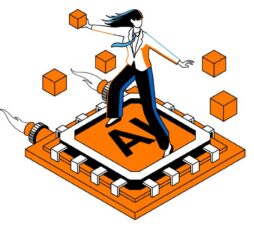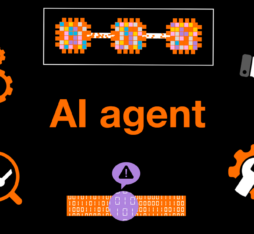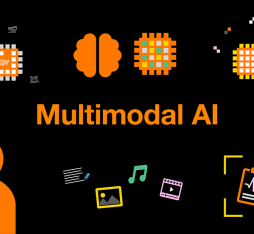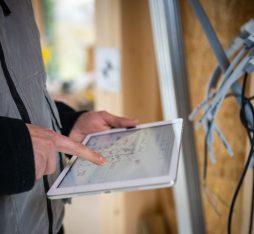Algorithms in the shop window
Retailers have access to more and more data. In addition to traditional socio-demographic and transactional data, there is now also data from search engines, social networks, forums, and mobile apps collected with user consent.
In keeping with the GDPR, artificial intelligence makes it possible to exploit, analyse, and combine these very large volumes of heterogeneous data from various sources, so as to turn them into meaningful information.
Entered into a technological race, more and more retailers are associating with technology giants and startups so as to better and faster explore the possibilities provided by technological progress.
Predictive analysis
Predictive analysis tools can for example help to anticipate consumer trends and provide sales forecasts, which make it possible to optimise stock and supply management.
Using the retailer’s data (sales history, offers applied, store-section traffic, etc.), reinforced with exogenous data such as online buying behaviour, they calculate the probability of sale of every product, every day.
These algorithms get better in time, by autonomously learning to exploit the most important factors and by comparing forecasts made with actual sales so as to select the best models.
When based on these forecasts, replenishment can be performed automatically, with orders being generated on the basis of an algorithm whose “mission” it is to maximise the lifespan and the availability of products while minimising waste and stock conservation.
A logistical challenge
Faced with competition from e-commerce and in order to meet new customer expectations, more and more retailers are offering a home delivery service. The challenge is to be able to quickly deliver thousands of products, sometimes even on the same day.
To meet this logistical challenge, the automated warehouse has been developed, based on robotics, sensors, and AI, with the latter in a way fulfilling the role of the “brain”, supervising all activity within these buildings of a new kind.
Thus, logistics warehouse management software, based on several smart algorithms, enables the warehouse manager to supervise incoming and outgoing goods flows, and to allocate adequate resources thanks to forecasts of activity to come.
AI orchestrates the fleets of robots that bustle about fetching items and taking them to packing areas, and guides operators in their tasks in a logic of human-machine cooperation in which the machine assists, and even “augments”, the human.
It also constantly monitors stock levels of each product, by crossing different datasets (product lifecycles, deliveries planned, orders being prepared, etc).
Cost reduction
In parallel, mini-markets are reopening in city centres and retail spaces are tending to get smaller. This requires streamlining of shelves and offering the most appropriate range of products according to clientele and context, while closely managing stocks to limit costs and wastage.
In order to achieve this, smart algorithms cross the data generated in shops with various parameters (seasonality, prices charged by competition, and even the weather and strike action), so as to optimise the range, providing a high level of personalisation for each point of sale.
As for computer vision algorithms based on deep learning, they can analyse pictures of shelves taken by cameras, checking conformity of the planogram – the visual representation of shelving – and automatically detecting irregularities (product shortage, labelling problems, damaged goods, etc.).
Read also on Hello Future

A lexicon of artificial intelligence: understanding different AIs and their uses
Discover

Data and AI Ethics Council, guarantor of responsible AI at Orange
Discover
Fine-tuning brewing and recipes: how AI can improve the taste of beer
Discover
Orange is developing secure and streamlined generative AI for its employees
Discover

Automated intervention reports for augmented technicians thanks to generative AI
Discover


